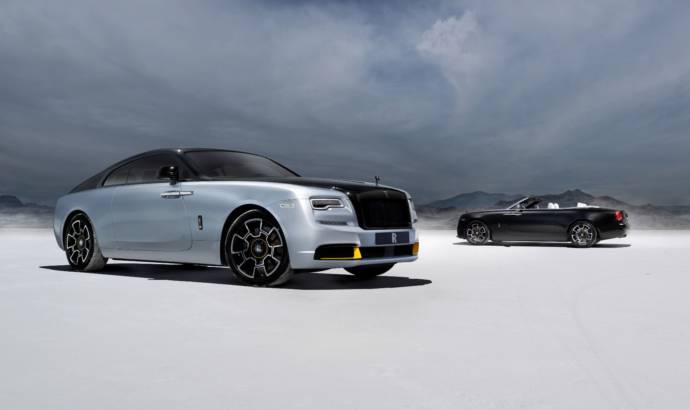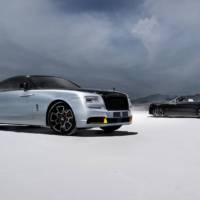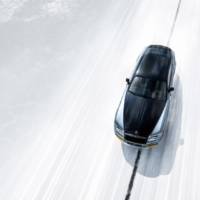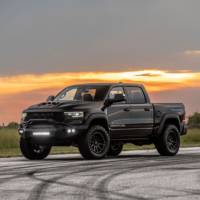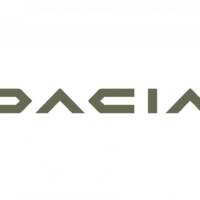Once in a while, Rolls-Royce unveils some stunning cars, created to celebrate famous people. The newest addition is dedicated to a man and a record.
Rolls-Royce has been associated with world speed records on both land and water for more than a century. But while the exploits of Sir Malcolm Campbell are well documented and widely known, another British hero who set three land-speed records using Rolls-Royce engines has been largely overlooked by history.
Now, after more than 80 years, Rolls-Royce recalls this hero’s inspiring exploits. With the new Wraith and Dawn Black Badge Landspeed Collection, the marque uncovers and retells the remarkable story of the redoubtable Captain George Eyston, and his extraordinary car, Thunderbolt.
In 1935, Eyston was among the first British racers to travel to the Bonneville Salt Flats in Utah, where he set new 24-hour and 48-hour endurance speed records. He subsequently received the Segrave Trophy, awarded to ‘the British national who demonstrates Outstanding Skill, Courage and Initiative on Land, Water and in the Air’.
In 1937, he returned to the Flats and went on to set three world land-speed records with Thunderbolt. This extraordinary machine had three axles, eight wheels and weighed seven tonnes, earning it monikers such as ‘behemoth’ and ‘leviathan’ in contemporary reports. The body was made from aluminium and, in its original form, had a blunt, heavyset profile topped with a large triangular tailfin.
The Collection Car duo is presented in a specially created two-tone finish, which marries Black Diamond Metallic with a new Bespoke colour, Bonneville Blue. This specially developed hue bears particular significance to the Collection, with a colour that transitions under sunlight from light blue to silver, illustrating the reflections of both the vast sky over Bonneville and the crisp salt flats on Thunderbolt’s aluminium body.
Thunderbolt was powered by a pair of Rolls-Royce R supercharged 37-litre, V-12 aero engines, each producing well over 2,000 horsepower. Around only 19 of these engines were ever made: indeed, they were so rare that Thunderbolt’s engines had a previous career in the Schneider Trophy-winning Supermarine S6.B seaplane that would lay the foundations for the legendary Spitfire.
Today, Thunderbolt’s two R engines are preserved at the Royal Air Force Museum, Hendon and the Science Museum in London. The car itself, however, has been lost. After being exhibited at the 1940 Centennial Exhibition in New Zealand, it was placed in storage, but was sadly destroyed in 1946 when 27,000 bales of wool, housed in the same building, caught fire.
During his lifetime, George Eyston received three significant honours. He was awarded the Military Cross (MC) while serving in the Great War; in 1938, after his record-breaking runs with Thunderbolt he was made a Chevalier of the Légion d’honneur, France’s highest civilian decoration; and in 1948, he received the Order of the British Empire (OBE).
Production of Landspeed Collection cars is strictly limited to just 25 examples of Dawn and 35 of Wraith, all of which have already been allocated to customers.

